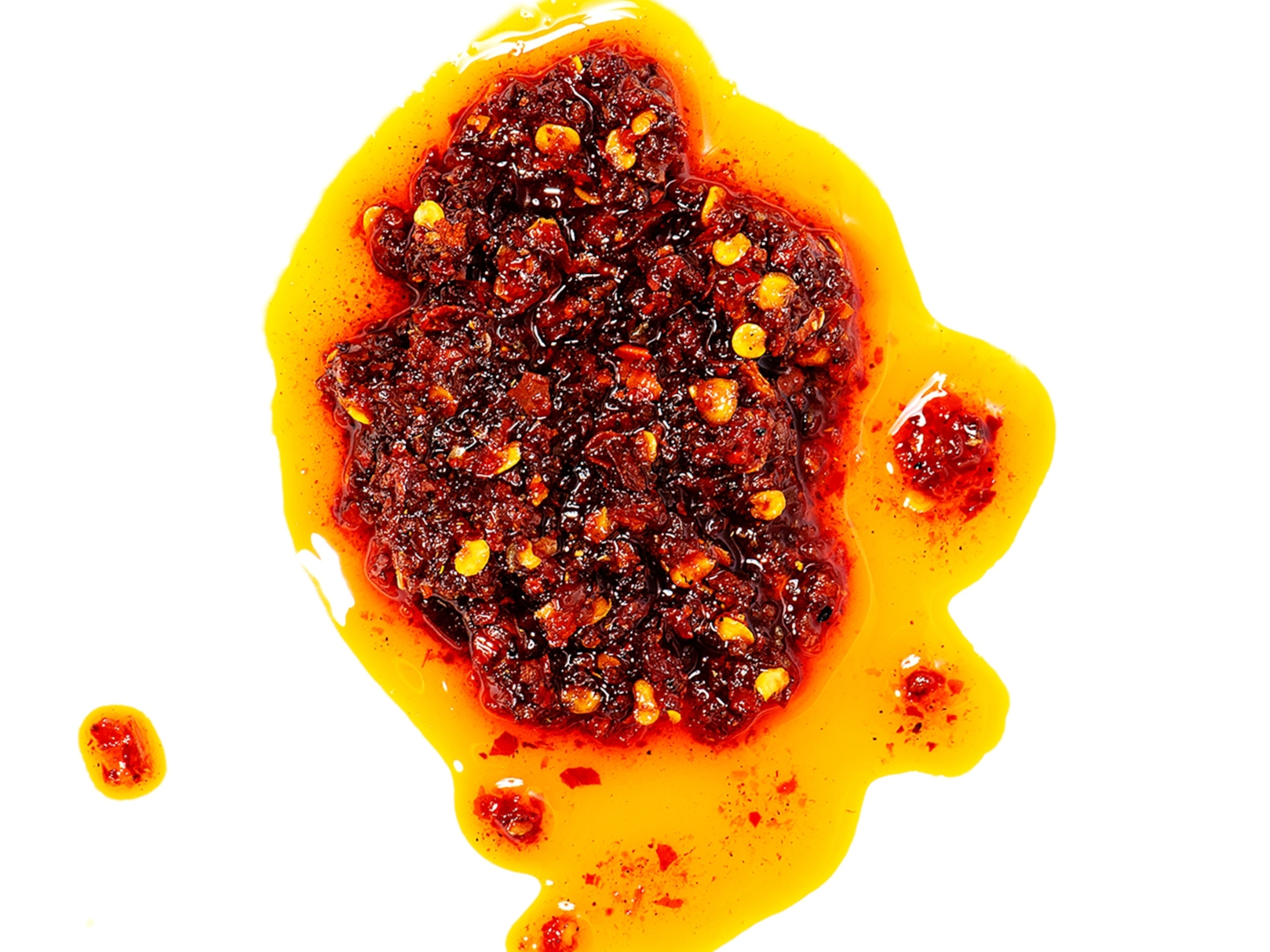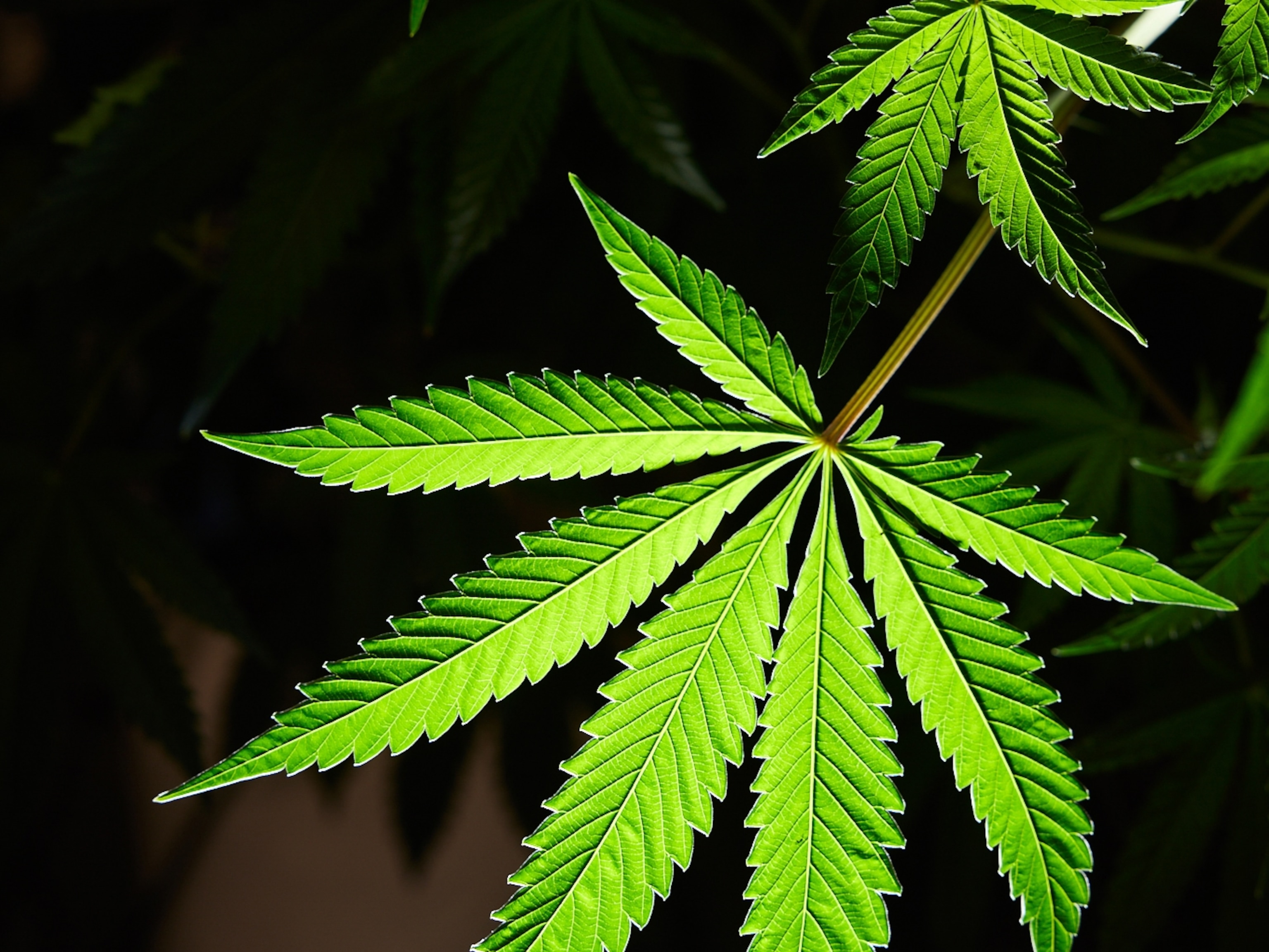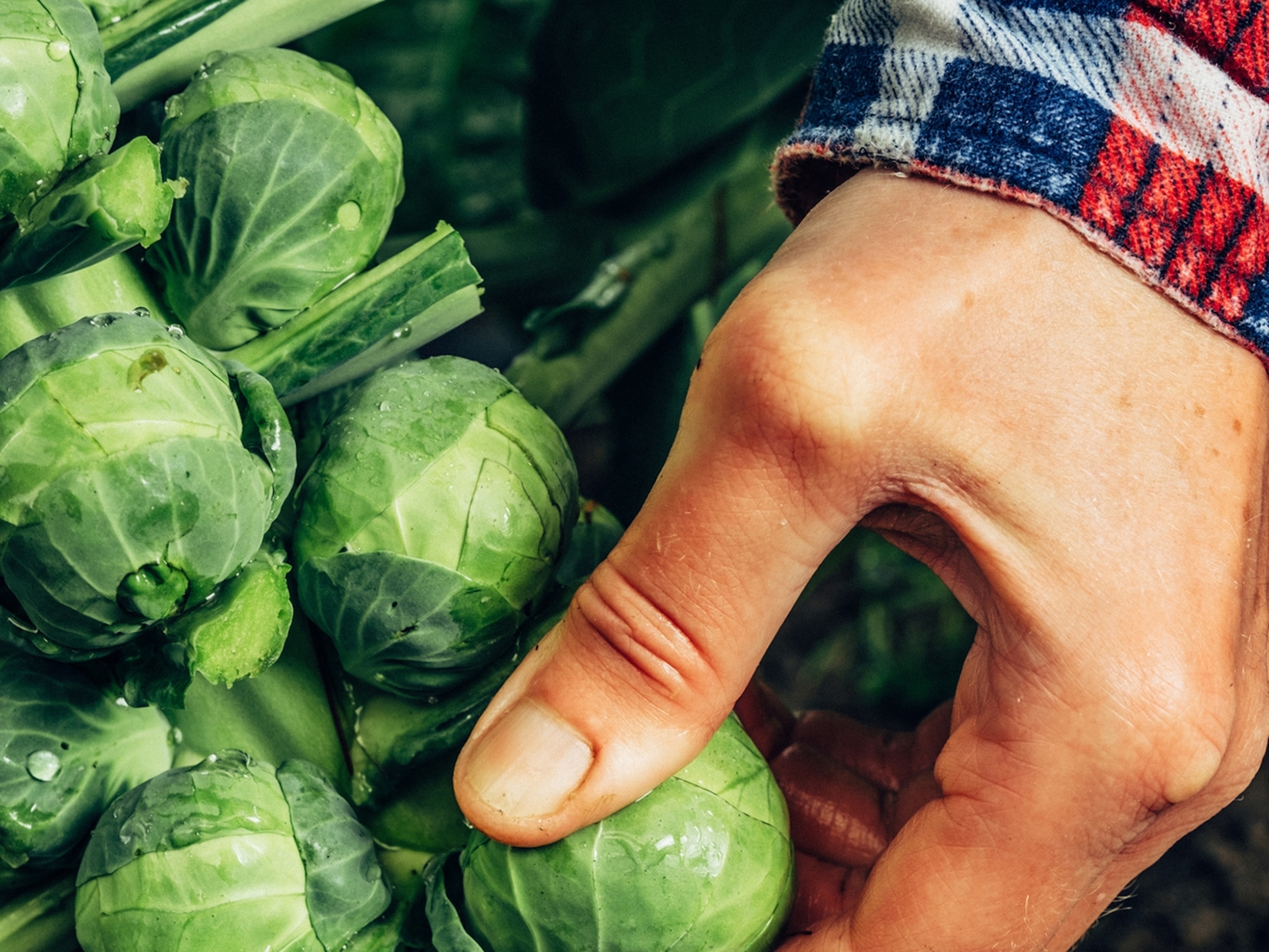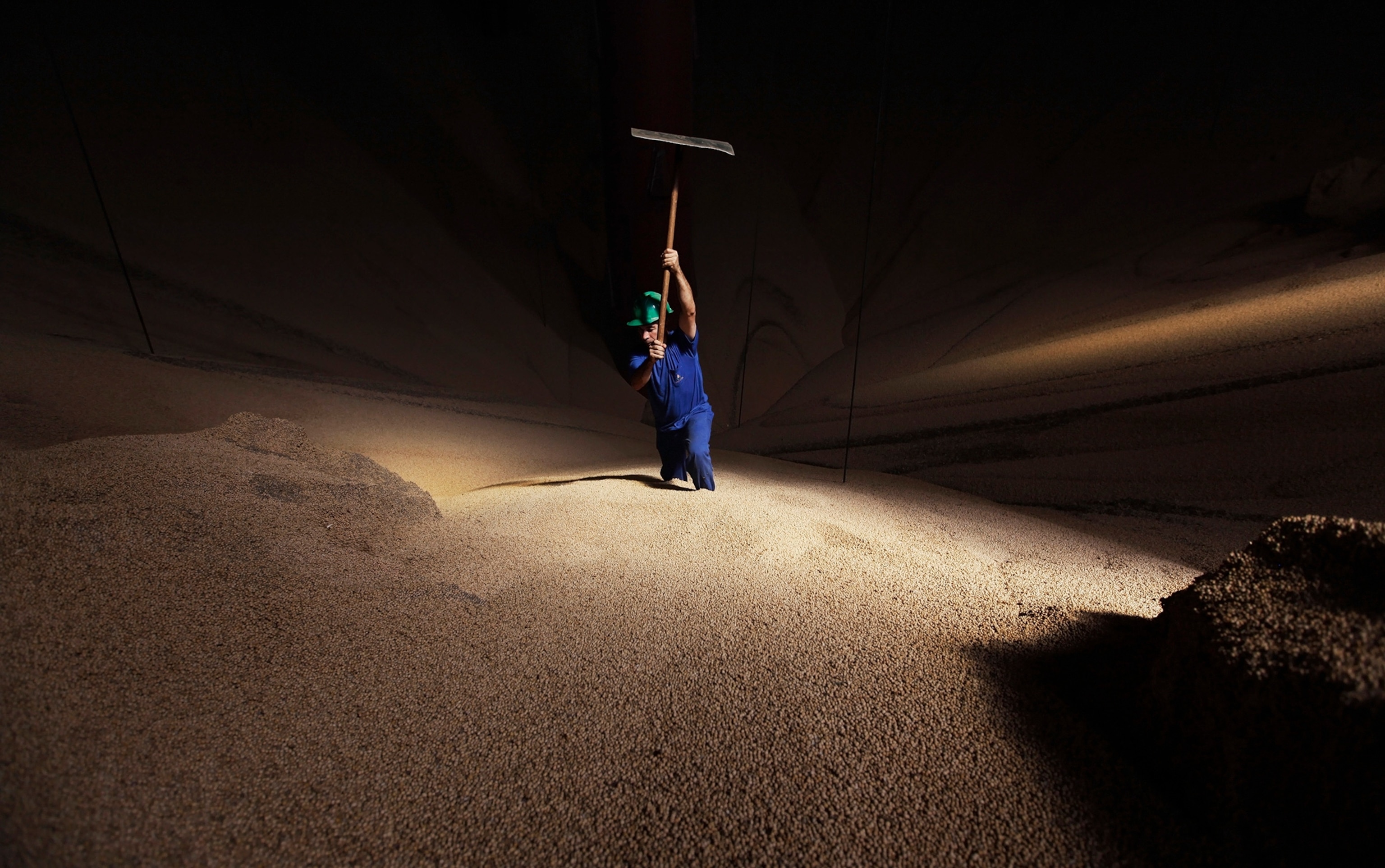
How the humble soybean took over the world
Used in China as early as 9,000 years ago, soybeans are found in everything from candy to crayons today.
Soy is found in almost everything we eat—from the vegetable oil in store-bought hummus, to the lecithin found in chocolate bars; it’s in the mono- and diglycerides in hot chocolate packets and the coating on the outside of apples.
More than 60 percent of all processed foods contain soy products, and some researchers estimate that approximately seven percent of the calories Americans consume come from soybean oil alone.
While it may seem like humans chose the soybean, it was arguably the soybean—hardy and malleable—that chose people.
Soybeans are resilient
Soybeans have an innate ability to grow almost anywhere and survive almost anything.
The green plant grows anywhere from three to five feet tall and produces around 100 beans per plant. Soy can be grown everywhere from the extremely harsh four seasons of Manitoba, Canada, to the grassland savannah of Mpumalanga, South Africa.
Soy was likely domesticated in China approximately 6,000 to 9,000 years ago from its wild relative, Glycine soja. Because soybeans grew so heartily, even during extreme periods of drought, the first soy farmers found several uses for the bean. Thousands of years ago, ancient Chinese medical healers described using all parts of the plant as medicine. People also turned soy into noodles, tofu, tempeh, and soy sauce.
When soybeans first made landfall in the 18th century United States, they flourished.
They were likely first planted by the surveyor general of Georgia, Henry Yonge, who noted that soybeans yielded “three crops: and had the [frost] kept off one week longer, I [should] have had a fourth crop.”
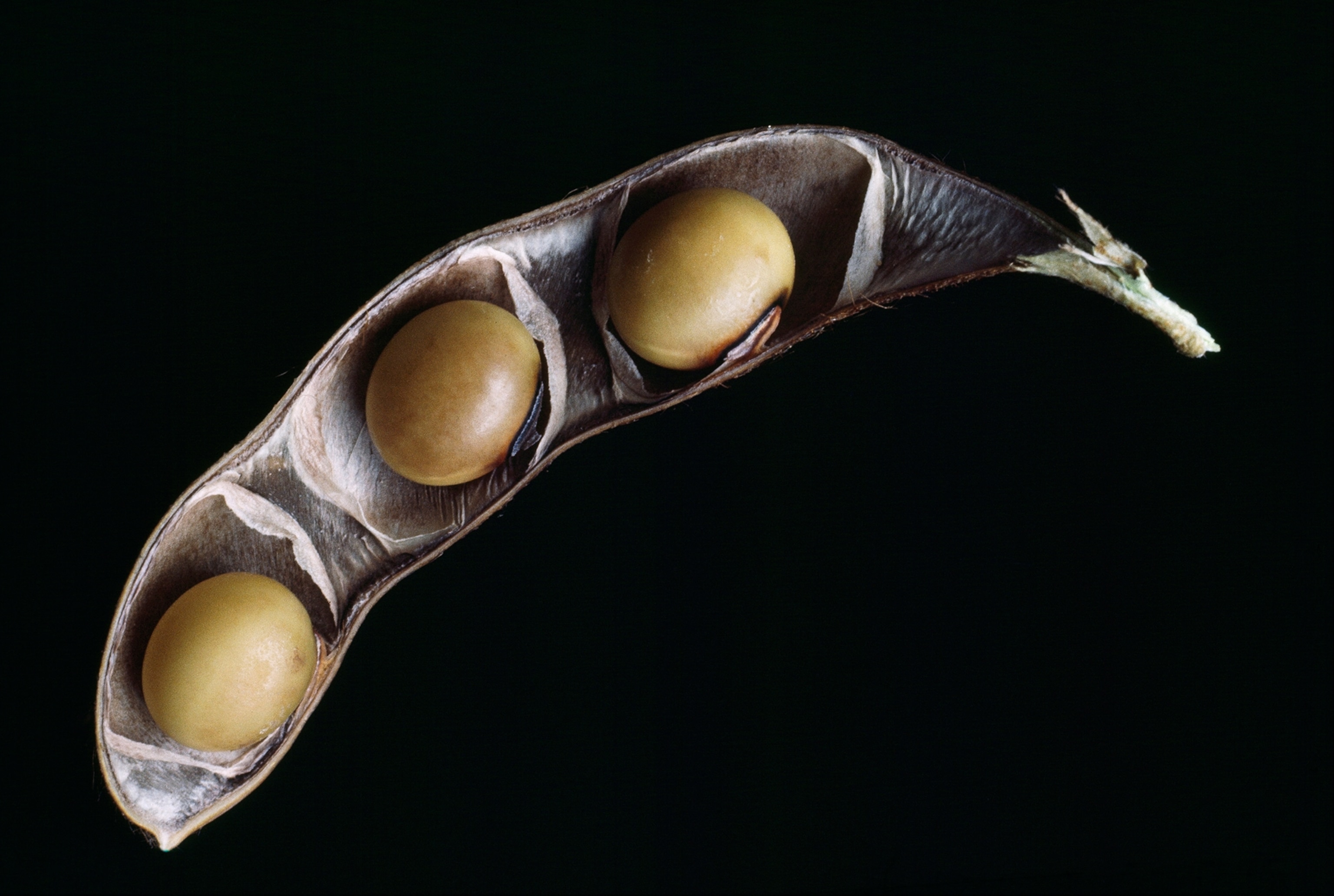
Soybeans were initially planted to be sent to England to meet rising demands for soy sauce, which was becoming a staple in British cuisine. It would not be long, though, before Americans found another use for the bean. During the Civil War, roasted soybeans were used as coffee substitutes. One report in an 1893 issue of The Rural New Yorker said that soy coffee “is for those who desire a substitute for economy and health considerations.”
Soon, soybeans would become the staple feed in the diets of non-human creatures, too.
A protein powerhouse
Such a small bean can provide a lot of sustenance for animals and humans.
One cup of raw soybeans contains 67.9 grams of protein and 17.3 grams of fiber. This is one reason why soybeans are one of the most popular ingredients in animal feed. In the U.S., chickens eat the most soy, followed by pigs, cows, and fish. These animals eat over 70 percent of all soybeans grown in the U.S., with some pigs eating over ten pounds of soy per day.
For humans, soy-based products such as tofu and tempeh are staples for vegans and vegetarians. One cup of cooked tofu has more almost the exact same amount of protein as one cup of cooked chicken.
Soy is also unique in that is considered a “complete protein,” meaning it contains all nine essential amino acids that the humans body needs.
More than a meal
The versatile legumes are soft, odorless, malleable, and oily, especially compared to corn. They’re also cheap and found in surprising products like crayon wax and newspaper ink.
Henry Ford, the prolific inventor of the Model T car, believed that the versatile soybean had the power to change the world. He made house paint, soap, and enamel for cars from soybean oil. He turned the bean itself into car parts and light switches.
Historian Greg Grandin describes how Ford held “soy banquets,” which featured “puree of soybean, soybean crackers, soybean croquettes with tomato sauce, buttered green soybeans, pineapple rings with soybean cheese, soybean bread with soybean butter, apple pie with soy crust, roasted soybean coffee, and soymilk ice cream.”
Today, people are still finding unique uses for the plant. China, the humble home of the soybean, now leads the way in soybean imports.
Almost all soybeans grown in the U.S. are genetically modified (GM), meaning the plants are resistant to herbicides and can thrive in conditions once thought to be impossible for the legume. However, genetic modification also means that massive quantities of soybeans can be planted in regions of the world, like the Amazon rainforest, where they are replacing the trees that once stood there. Brazil now exports more soybeans than any other country.
As global demand for meat increases, demand for feed— and soybeans —rises too.
Some advocacy groups are calling for better land-use practices to safeguard the rainforest and the soil. In 2023, policies brought on by new governments in South America began slowing rates of deforestation in the Amazon.
Still, Brazil is by far the largest exporter of soybeans, and many growers have expanded their soy operations to the cerrado, a savannah-like region of Brazil. Despite changing policies and practices around deforestation, this year is expected to be a record year for soybean production.

